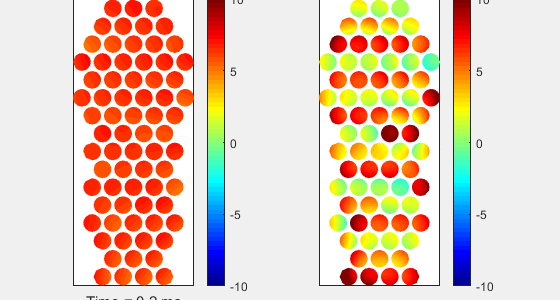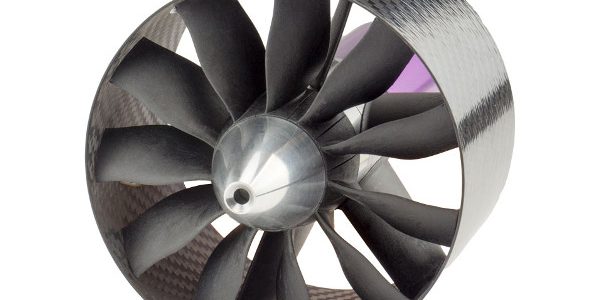Ever wondered what switched and synchronous reluctance machines are? Well, this post here covers the basics – how they work and where they differ.

Electric Motor Design, plus stuff

Ever wondered what switched and synchronous reluctance machines are? Well, this post here covers the basics – how they work and where they differ.

What are BLDC motors? And how do they differ from AC motors? Why do people keep using such contradictory terms and confusing us?

Maglev – magnetic levitation – systems can be quite different from electric motors. So how to model them without time-consuming 3D simulations?

Circulating and eddy currents combined with PWM supply, illustrated with a nice video. What more could you wish for, really?

An active magnetic bearing system can be directly integrated into an electric motor, resulting in a self-levitating motor. Here’s how it works.
What are circulating currents, why are random-wound windings called random, why should you care? Find out here, with convenient bullet points!

Active magnetic bearings are widely used in high-speed machines and sensitive environments both. Here’s what they are, and how they work.

A commonly-used approach for torque computation utilizes the virtual work principle. Here’s what it is, and what options you have with it.

More methods for analytical torque computation. Somewhat more advanced than previously, but still simple and fast. A little more versatile, too.

Analytical torque computation – aka pen-and-paper stuff. Fast, efficient, extremely enlightening – and unfortunately fairly complex, more often than not.